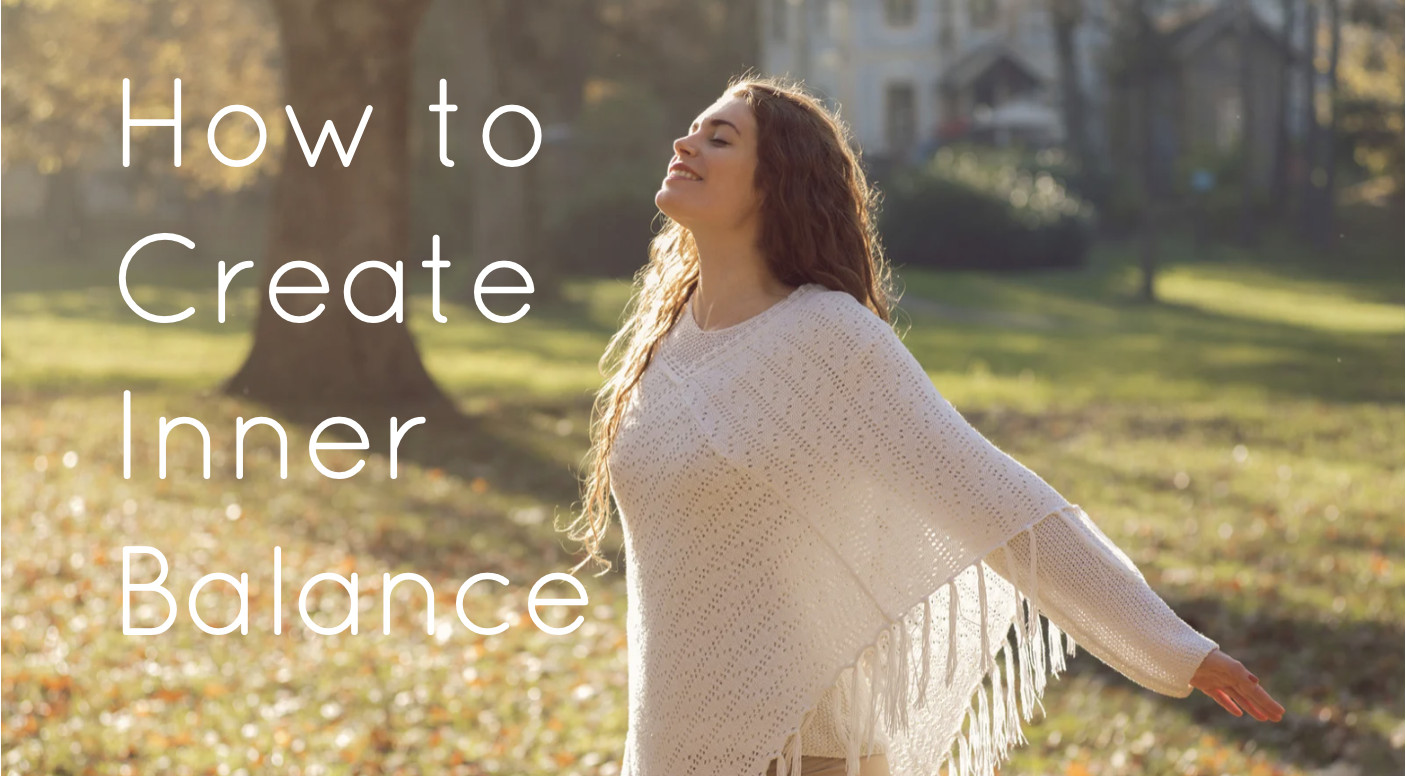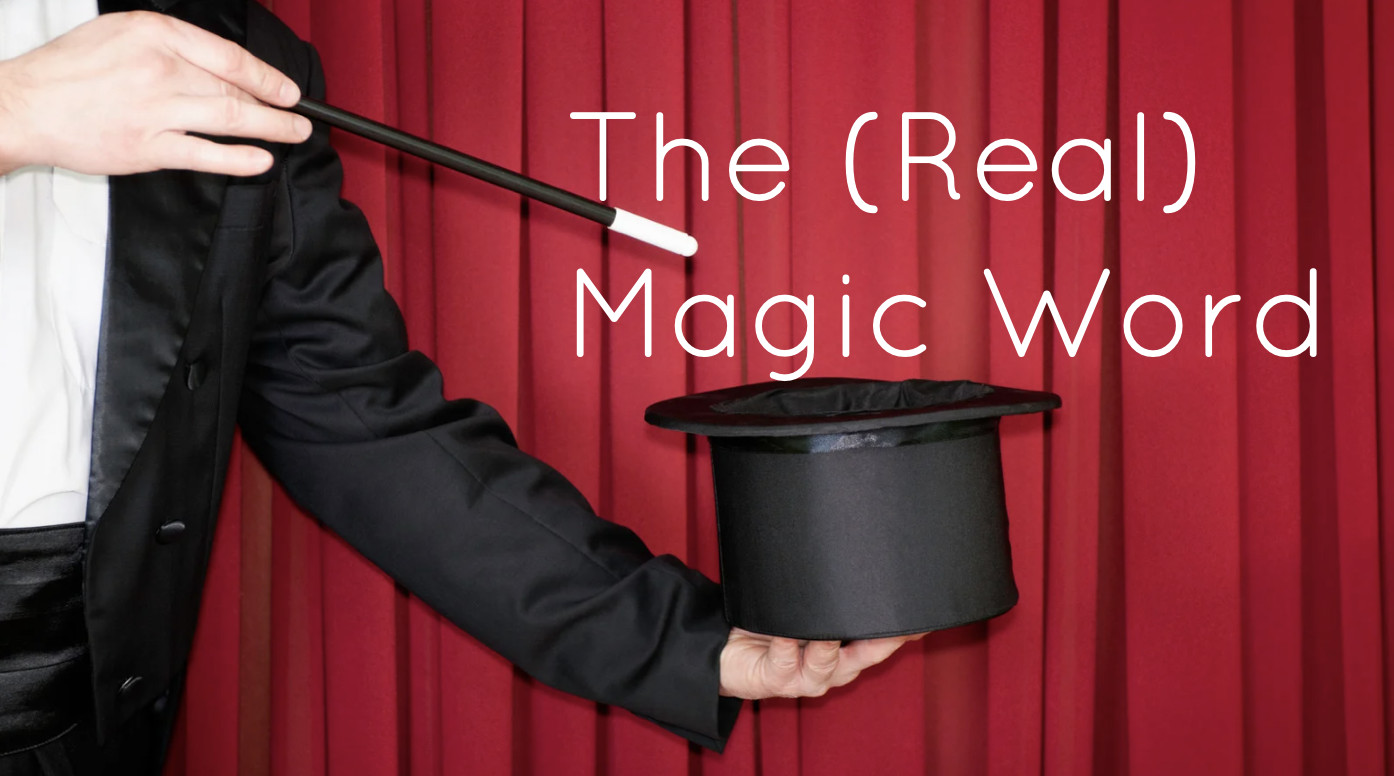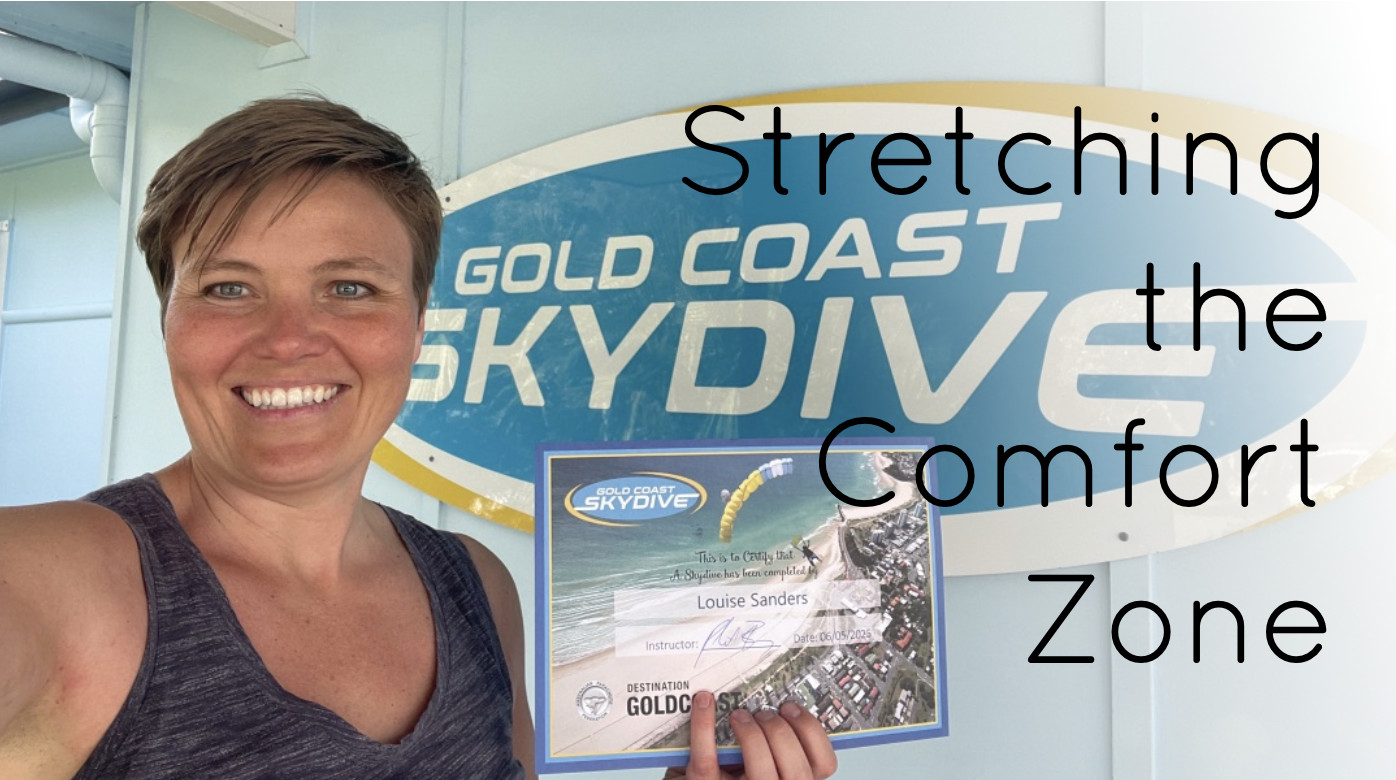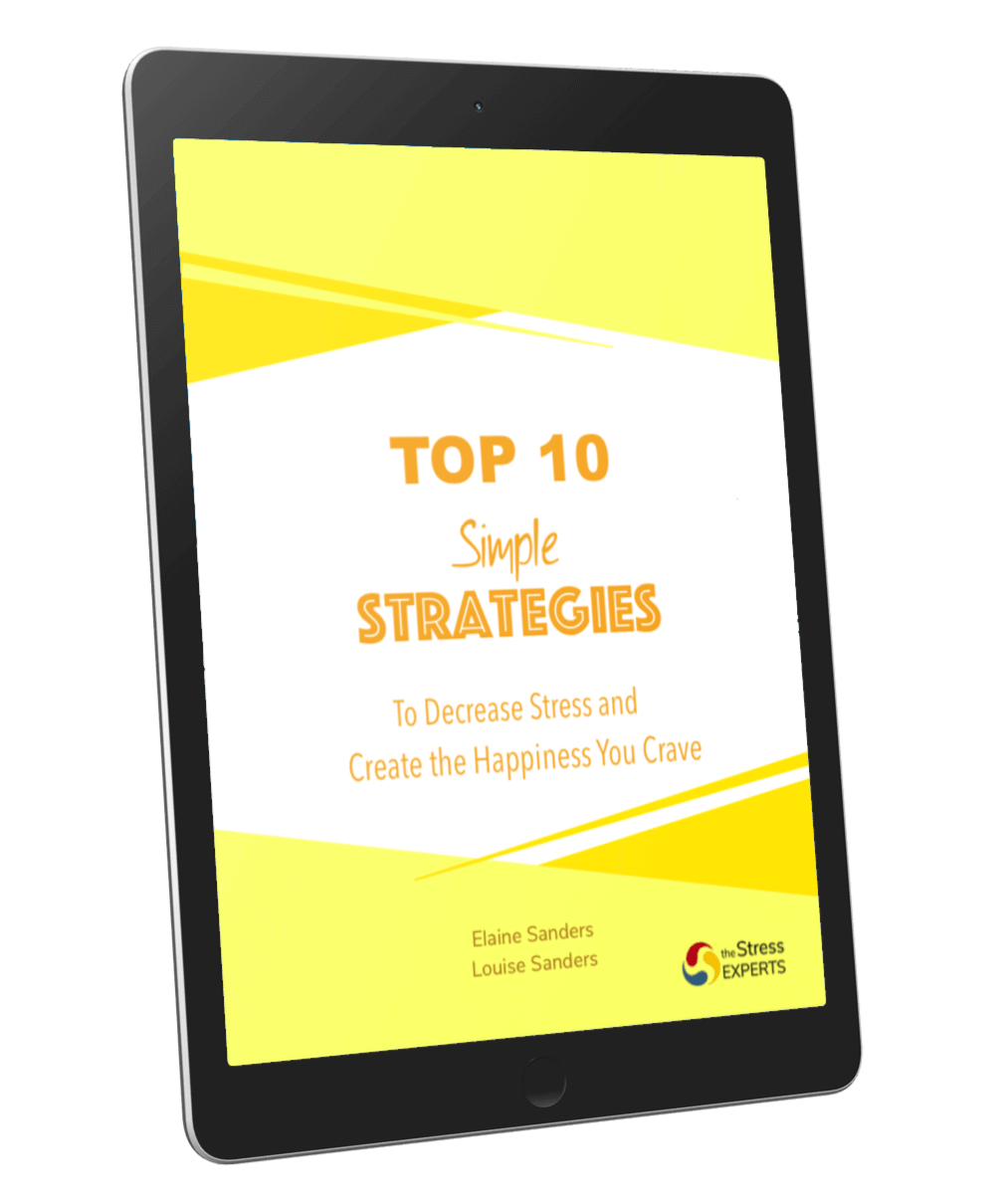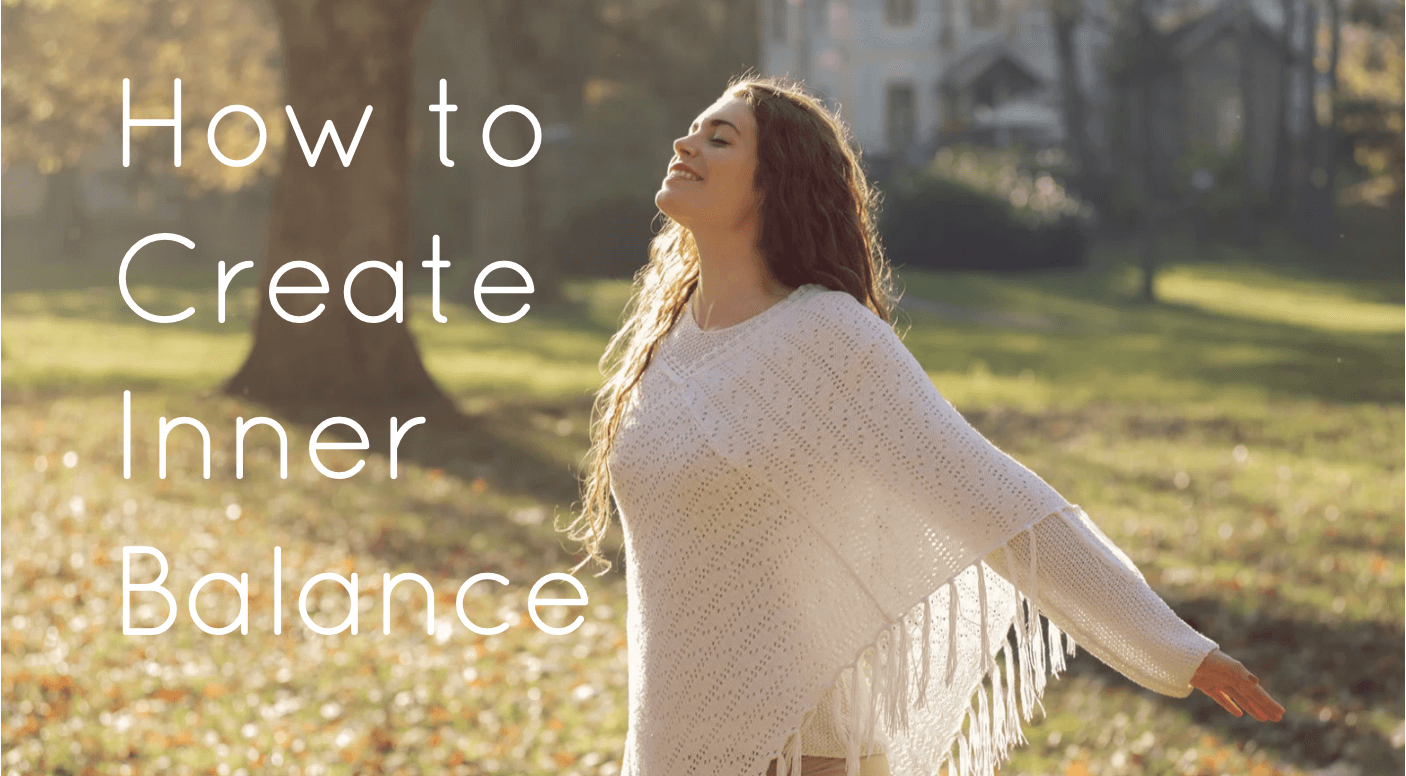
I used to think that feeling anxious, overwhelmed, afraid, angry or any other “negative” emotion was simply an unpleasant experience - just something that happens to us humans. And that a “positive” emotion was something that happened when things go well, when the stars aligned.
I thought we had no influence over our emotions.
I was sometimes aware that when I had a negative emotion I didn’t feel the greatest - a pit in my stomach, tightness in my shoulders, a sensation of wanting to curl into a ball in a corner - but I didn’t know anything more than that.
I didn’t know that there are significant changes that take place in my body as a result of my emotions that have some serious health and well-being implications.
Did you know...
Read more...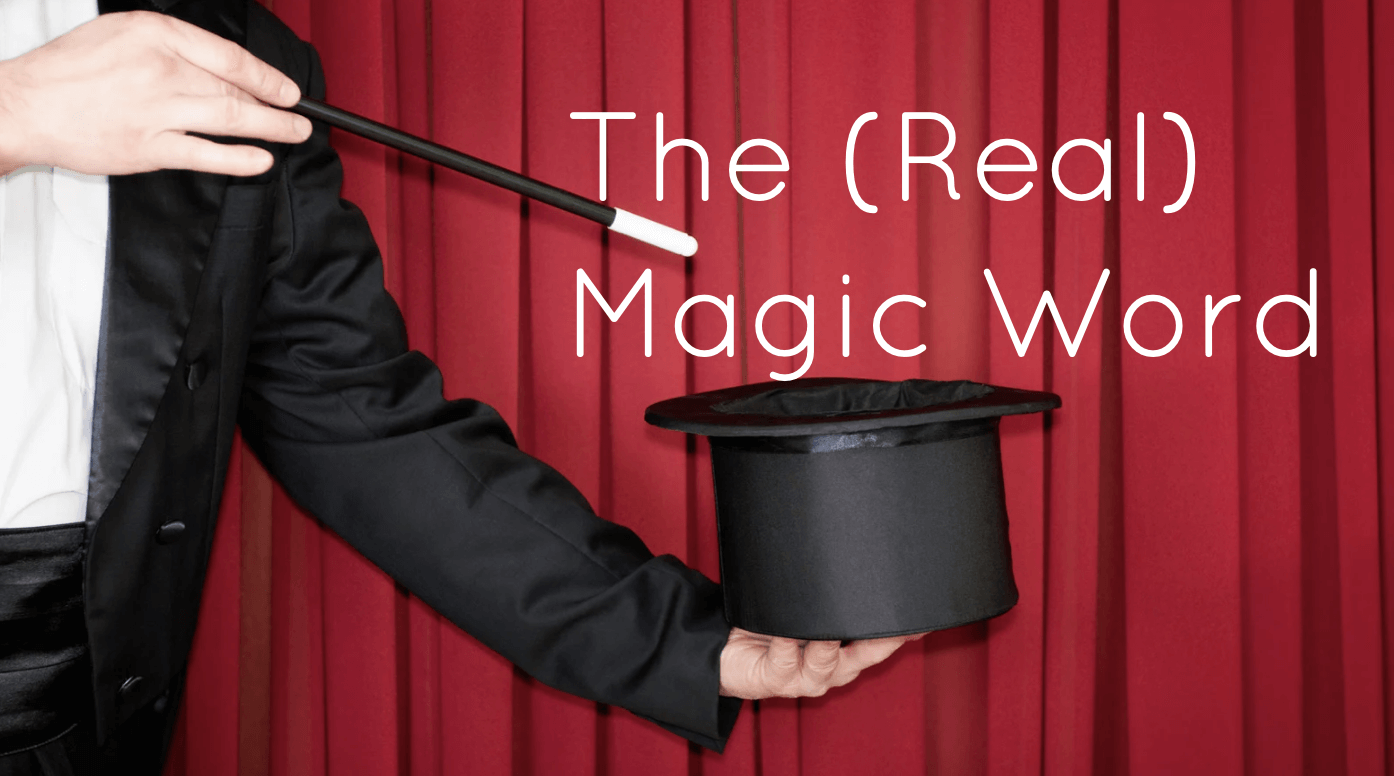
My clients come to me because there is something in their life that they would like to see/have/be different. This is obvious because they wouldn’t be working with me if they had nothing they wanted to change, right?
This problem can be anything really - troubles in relationships, struggling to regulate emotions ie. stuck feeling anxious or guilty, wrestling with self doubt, suffering with symptoms of PTSD, being unable to relax.
Admitting to having “a problem” takes courage!
Getting help with “a problem” takes courage!
The next courageous action to take is to say the magic word…and that word isn’t “please” or “abracadabra”...
Read more...
Every once in a while, I get an email from The Daily Wellness with great simple tips to improve wellness. I recently received one that I really resonated with. It made me feel like I’m not crazy, or alone. As I was reading it, I was thinking, “You mean it’s not just me?! Maybe I’m not actually “doing social situations” wrong!?”
I’m thinking that you might resonate with it, too, and benefit from the suggestions, so I am sharing their email with you here. Enjoy!
The Question: “Why do I get so emotionally drained after hanging out with people, even people I like?”...
Read more...
May 2025 has been a very different month for me.
In February, I received an email about an in-person EFT course on May 2-4 that sounded really interesting and I decided I was going to go. Then I saw that it was in Gold Coast, Australia. “Well,” I thought, “I guess I’m not going.”
But then I thought, “Why not? What are my reasons?”
Honestly, I didn’t really have very good reasons. They were: “it’s outside my comfort zone” and “it’s just not what I do”. Staying in my comfort zone and doing what I always do is safe.
There is nothing inherently “wrong” with staying in your comfort zone and doing what you always do. Actually, it is important to feel safe. When we feel safe, our nervous system calms down and balances and our stress decreases. When we go outside the comfort zone - by trying something we haven’t done before or haven’t mastered - it feels unsafe. Without effective stress management skills, our stress level can become unmanageable and our only way to deal with stress is to retreat back into our comfort zone.
When you have the tools to effectively manage stress, you can stay outside your comfort zone while regulating your nervous system so you feel safe and your zone of comfort expands.
A while back, I heard someone say...
Read more...
I am in Gold Coast, Australia as I write this. I came here for a 3-day EFT (Emotional Freedom Techniques)/Tapping course and I am staying for about 3 weeks. The scenery is so much different than Manitoba, Canada!
When I arrived, I got an Uber from the airport to my AirBnB. After I got over the shock of seeing the steering wheel on the wrong side of the car and everyone driving on the wrong side of the road, I started talking with the driver...
Read more...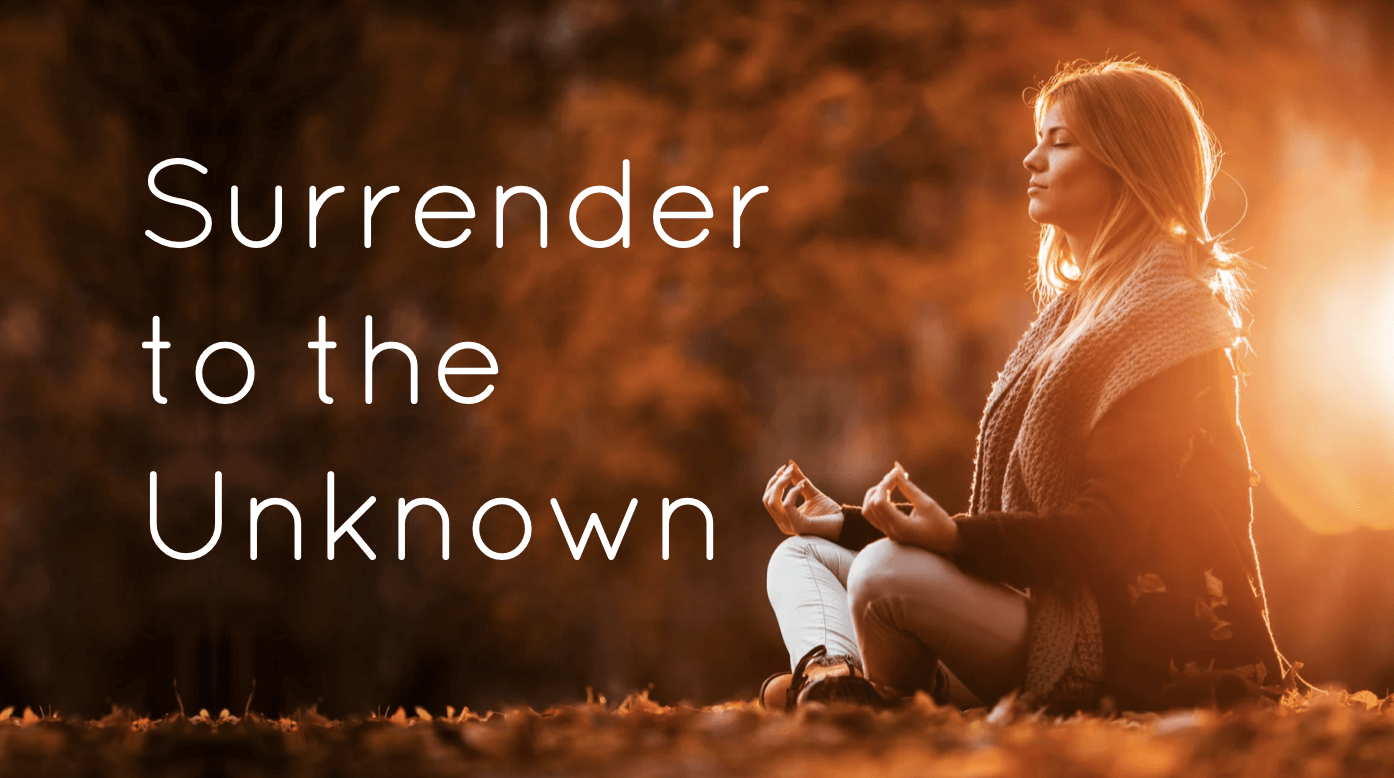
I am subscribed to Richard Rohr’s Daily Meditation. I get daily emails. Many times, a lot of what is shared there overlaps with what I offer and share with my clients and audience.
On Saturdays, he provides an activity or practice. I really liked this one from Buddhist teacher Kaira Jewel Lingo that he sent and wanted to pass it along.
This is especially for you if you find yourself worrying about the future (the next minutes or the next years), wondering how things are going to turn out, what it will mean to you, or how and if you’re going to be okay.
I encourage you to slow down and actually do this practice as you read it. It is super simple and super effective at creating more calm in your body and mind.
And please tell me your experience by email or by commenting! Enjoy:

There’s a lot of talk about stress nowadays. But have you ever stopped and considered what really is stress? Where does it come from? Why doesn’t it go away? Why does it seem to be generally getting worse? And what can we do about it?
Let’s explore these questions.
What really is stress?
There are a few different ways to define stress. The way I define it is “physiological disharmony as a result of experiencing a negative emotional response to your perception of your life situation.”
It sounds like a mouthful! Let’s break it down...
Read more...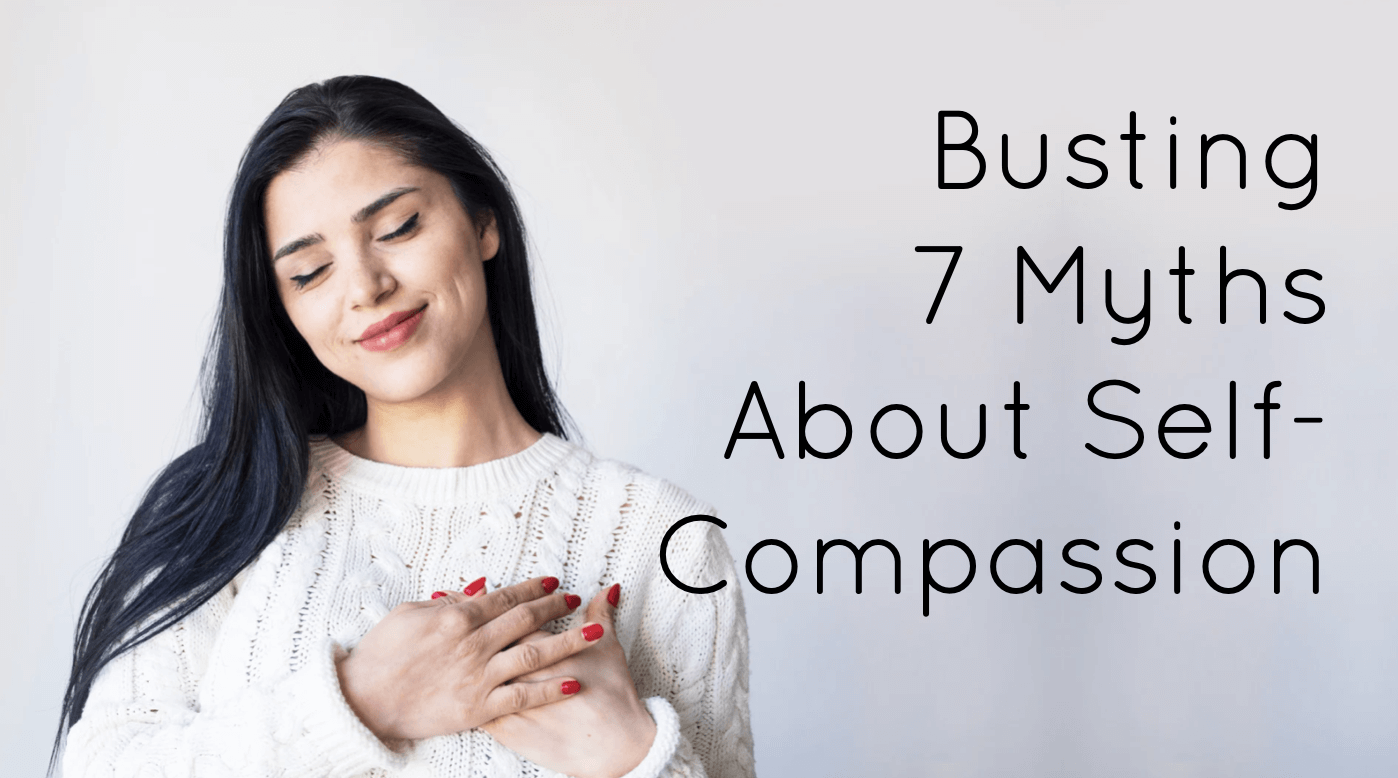
Dr. Kristin Neff is a self-compassion pioneer, a teacher, researcher, and author. She has busted the top myths about self-compassion. I can’t say it any better than her, so I’m sharing with you what she wrote:
Myth #1- Self-compassion will undermine my motivation...
Read more...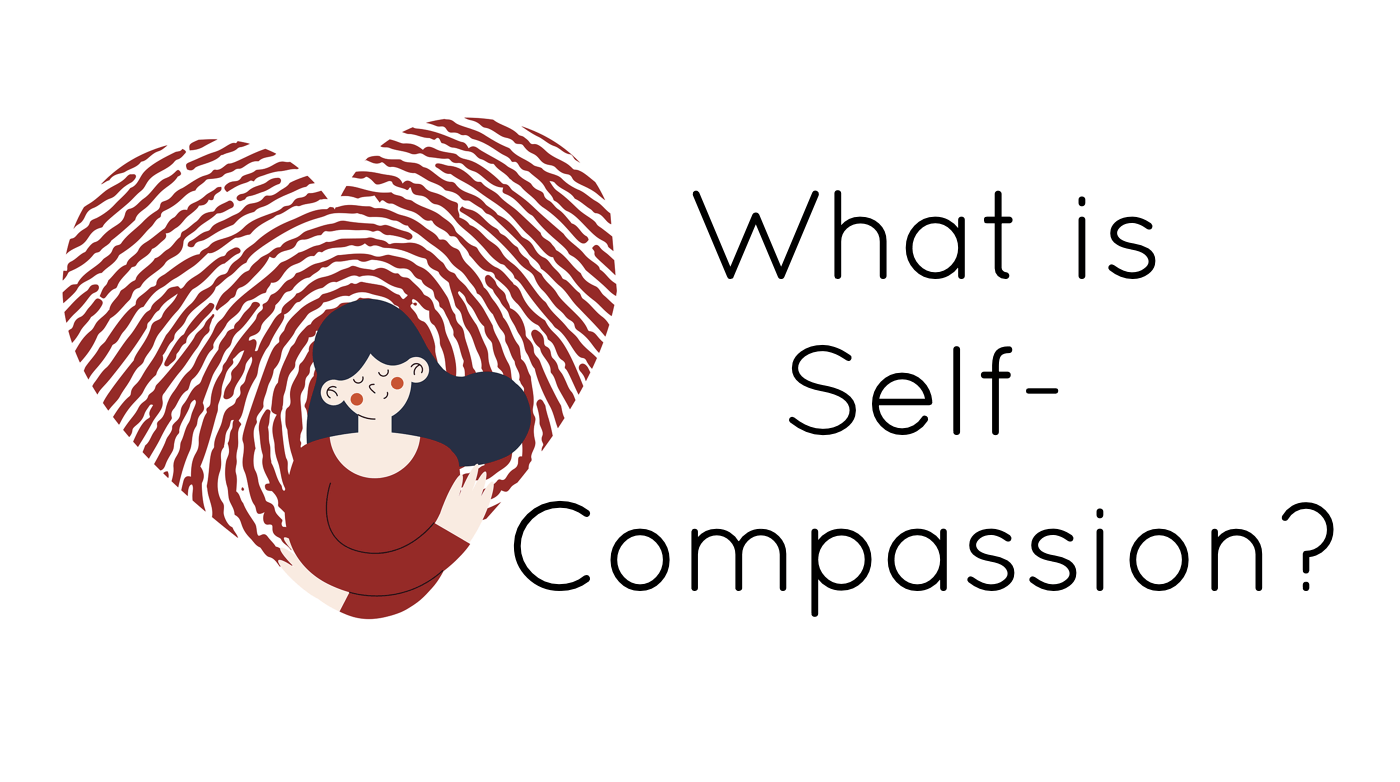 Imagine your best friend calls you in the evening one day. He says, “I just can’t handle this particularly difficult challenge anymore! I am so overwhelmed…I just can’t take it.”
Imagine your best friend calls you in the evening one day. He says, “I just can’t handle this particularly difficult challenge anymore! I am so overwhelmed…I just can’t take it.”What is your response?
Is it some combination of: “C’mon you sissy!” “You’re a weakling if you can’t take this!” “Pull up your socks!” “Put on your big boy shorts”?
Chances are, you don’t respond any way like this. Most likely, you’ll have compassion for your best friend, hear him out, and respond with understanding, warmth, and kindness.
What does compassion mean?
Literally, compassion means...
Read more...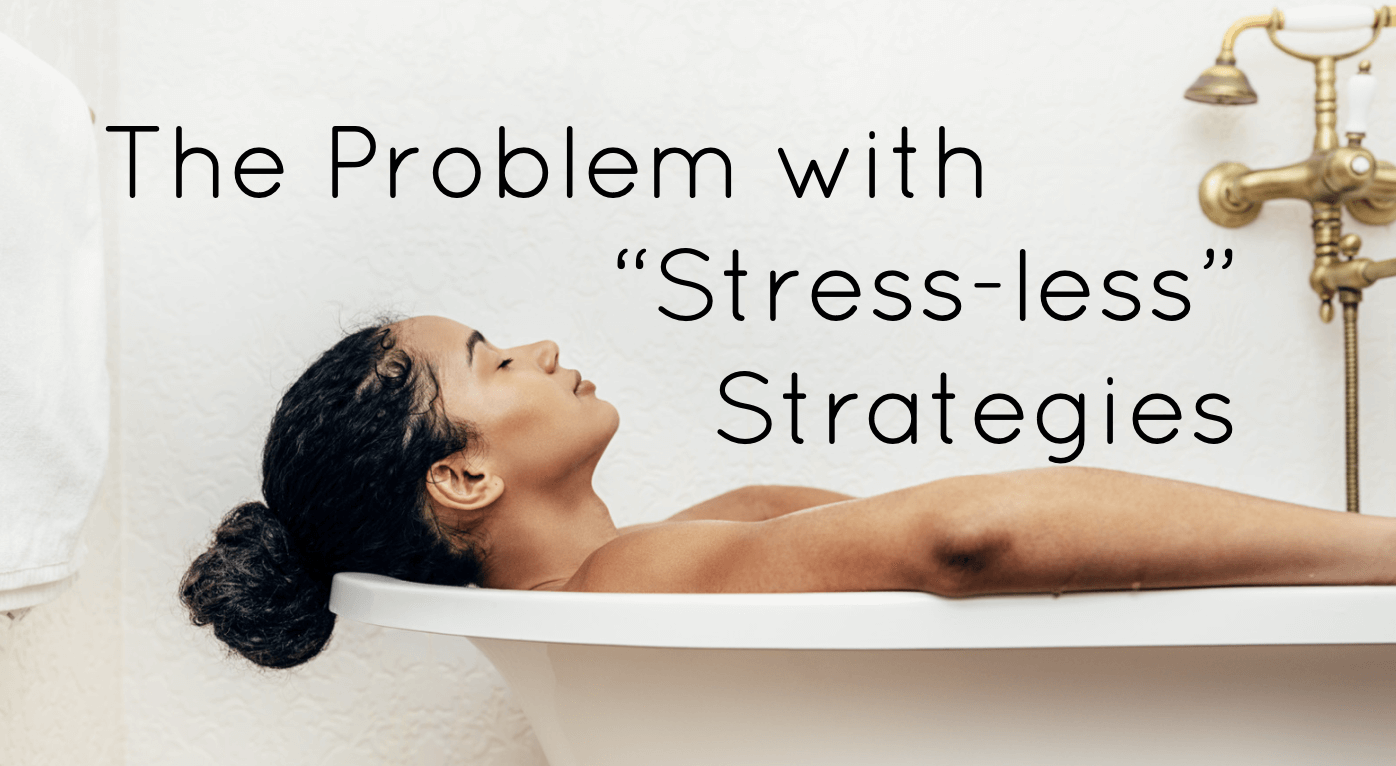
There’s a lot of advice out there about what to do to decrease stress - anywhere from spending time with friends to taking a bubble bath by yourself…or with friends. Hey, I’ve heard it all!
While these strategies may provide some relief, they don’t always make you feel better. Here’s why (…then we’ll look at a strategy that actually works.)...
Read more...
Feelings of worthlessness are common among us humans. But those feelings are not reflections of fact. Regardless of how you feel about yourself, you have worth and are worthy. That’s a fact.
Feelings of worthlessness are the result of beliefs that you hold about yourself, about life, and about love.
This story (from an unknown source) beautifully illustrates the truth about worthiness:
A well-known speaker started off his seminar by holding up a $20.00 bill. In the room of 200 he asked, "Who would like this $20 bill?"
Hands started going up. He said, "I am going to give this $20 to one of you but first, let me do this..."
Read more...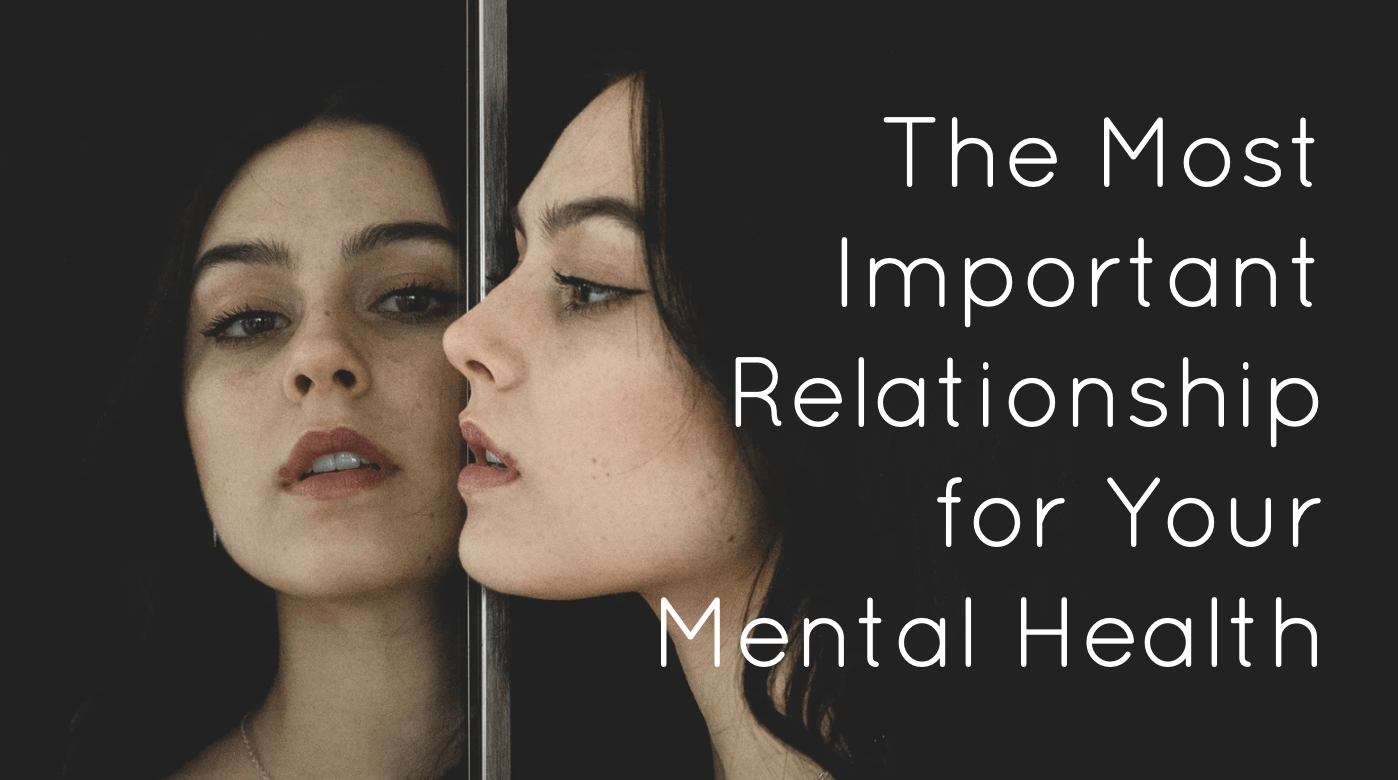
Research shows that the quality of your relationships plays an integral role in the state of your mental health.
Low quality relationships are with people who criticize, belittle, judge, and manipulate you, eroding your mental health, leaving you questioning your worth, decisions, abilities, and even your sanity.
High quality relationships, on the other hand, are with people with whom you feel safe to be vulnerable, to be yourself, knowing that no matter what, you will be accepted and loved by them. You trust them to not harm you, and more than that, you trust them to champion for your good. You feel their unconditional love for you.
And that is a beautiful thing! That unconditional love allows you to feel safe to try things, make changes, make mistakes, and learn without the ever-present threat of being judged, being not enough, undeserving, or cast-out. That unconditional love fosters your growth and resilience! You feel unstoppable and like you could conquer all things.
While not all of us have a relationship with another person of such high quality to support our mental health, I guarantee, we all have a relationship in our life that has the potential to be so. And this relationship is the MOST important...

It’s a new year. And with that comes new year’s resolutions - changes you want to make to your life and/or your behaviour.
You might want to stop procrastinating or stop being so hard on yourself. You might want to get more organized or be more active.
Maybe this is a brand new resolution you’re making or maybe it’s one that you repeat every January thinking, “This is the year this change is going to happen!”
You really want this change to happen. This change will make life better and easier in every way.
Or will it?
There was a 42-year-old woman named Dawn
Read more...Some people love Christmas. Other people really do not. Which are you? (FYI: I’m in the “love Christmas” category. I love the decorations and the lights. I sometimes even decorate my sisters’ houses!)
I believe there are 2 general factors that make up your “Christmas story” - the way you perceive Christmas - that determines whether you look forward to the season or dread it.
Why do you need to know this? Because Christmas isn’t going to disappear and if you dread the season, that’s a whole lot of unnecessary additional stress - the lead up to the season, the season itself, and the recovery from the season - every year! It’s like more than 1/12th of your year - which is 1/12th of your life - that you are dreading and stressing about!
By knowing these 2 factors that make up your “Christmas story”, you’ll be empowered to start re-writing it - perceiving it differently. It’s time to turn this 1/12th of your life into something less draining and more fulfilling.
Here are the 2 factors of your “Christmas story”...
Read more...
A couple days ago, I was suddenly hit with the feeling of being unvaluable/worthless. The feeling was strong and it felt quite true.
My mind even found evidence to support the feeling. “Right, yesterday, I said something stupid to my friend. Oh, yeah, there was that time last week when my project didn’t work out like it was supposed to. Oh, and those 3 people unsubscribed from my email list. Look at that, it’s true, I am worthless.”
But is it really true? If I’m feeling it...
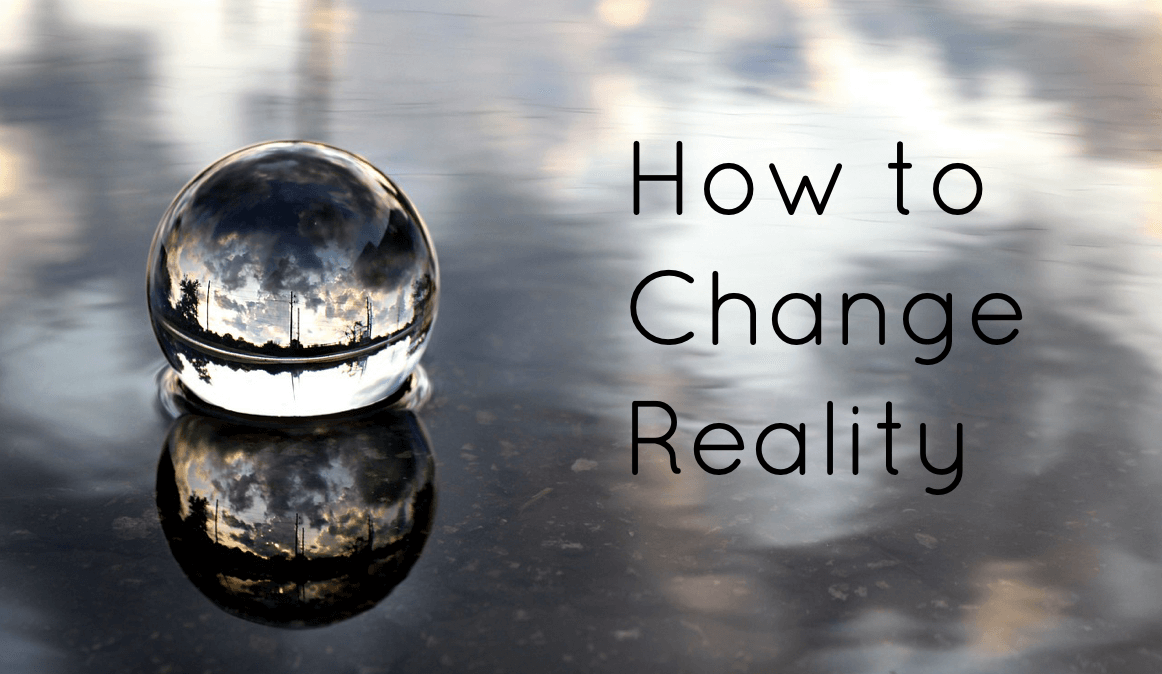
I used to struggle with the concept: “You create your own reality.”
I used to think, “Bulls**t! Life happens to me and I have no say in the matter.”
But I have come to change my mind. I may not create ALL of my reality, but I definitely have a larger influence on it than I originally thought. And maybe after you read this, you will see how you, too, are creating your reality.
Read more...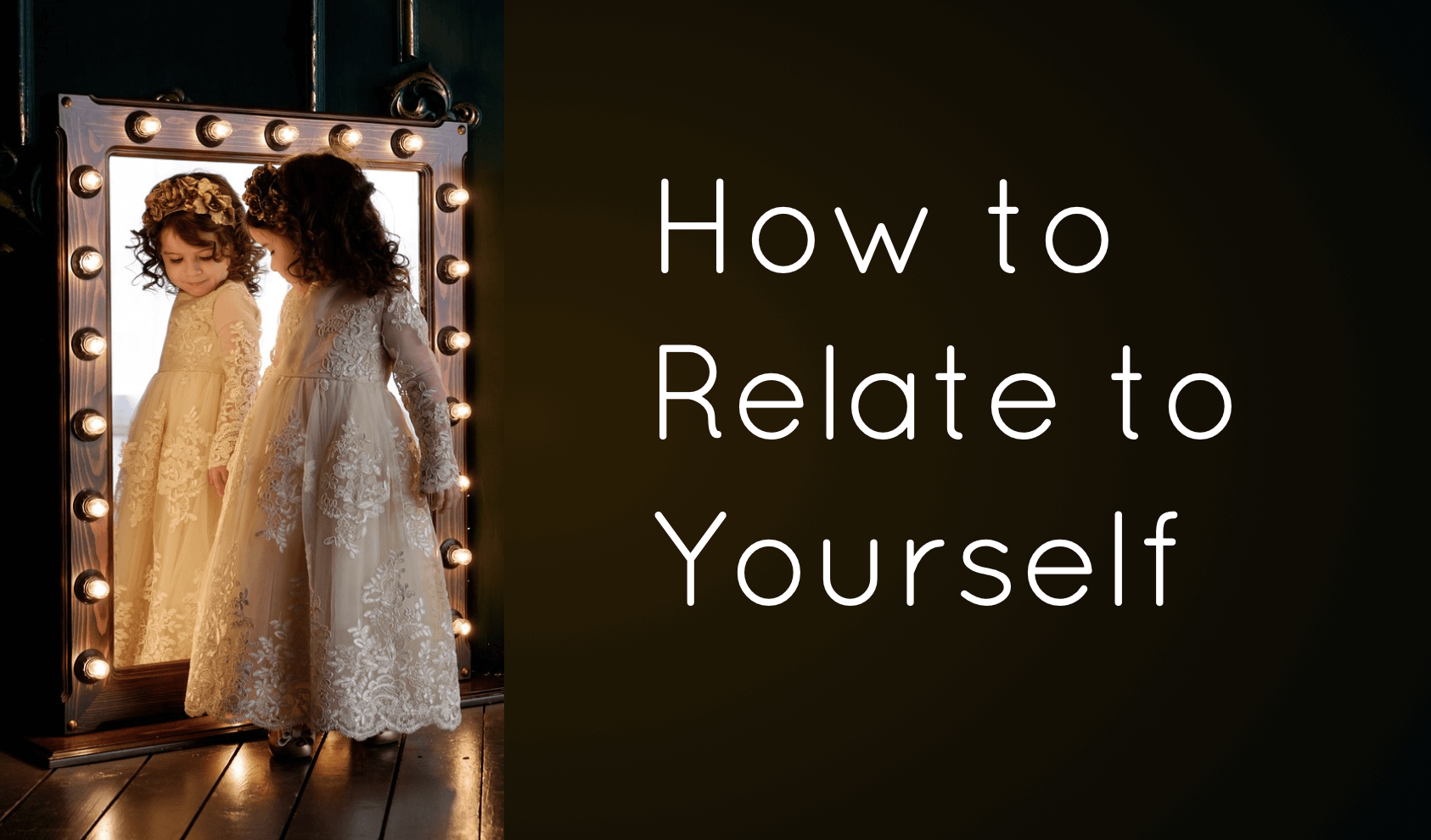
Imagine you are walking down the street in a town. You see a man walking towards you. He’s wearing a really heavy backpack and in his hands, he’s carrying heavy items. You can see that he is very tired, weary, stooped over. You look down and see his shoes are worn thin from the very long distance he has walked. His legs are wobbling. Then, as you near him, he stumbles and falls.
What do you do?
Read more...
I sometimes work with clients that have had too much stress for a very long time. They have tried many things to lower their stress level. Some of those things work for them and some don’t. The things that helped lower the level of stress at one time are no longer working for them, and it’s not for lack of trying! They ask me why this is.
It is at this point that I use the analogy of the “straw that broke the camel’s back” to explain what’s happening.
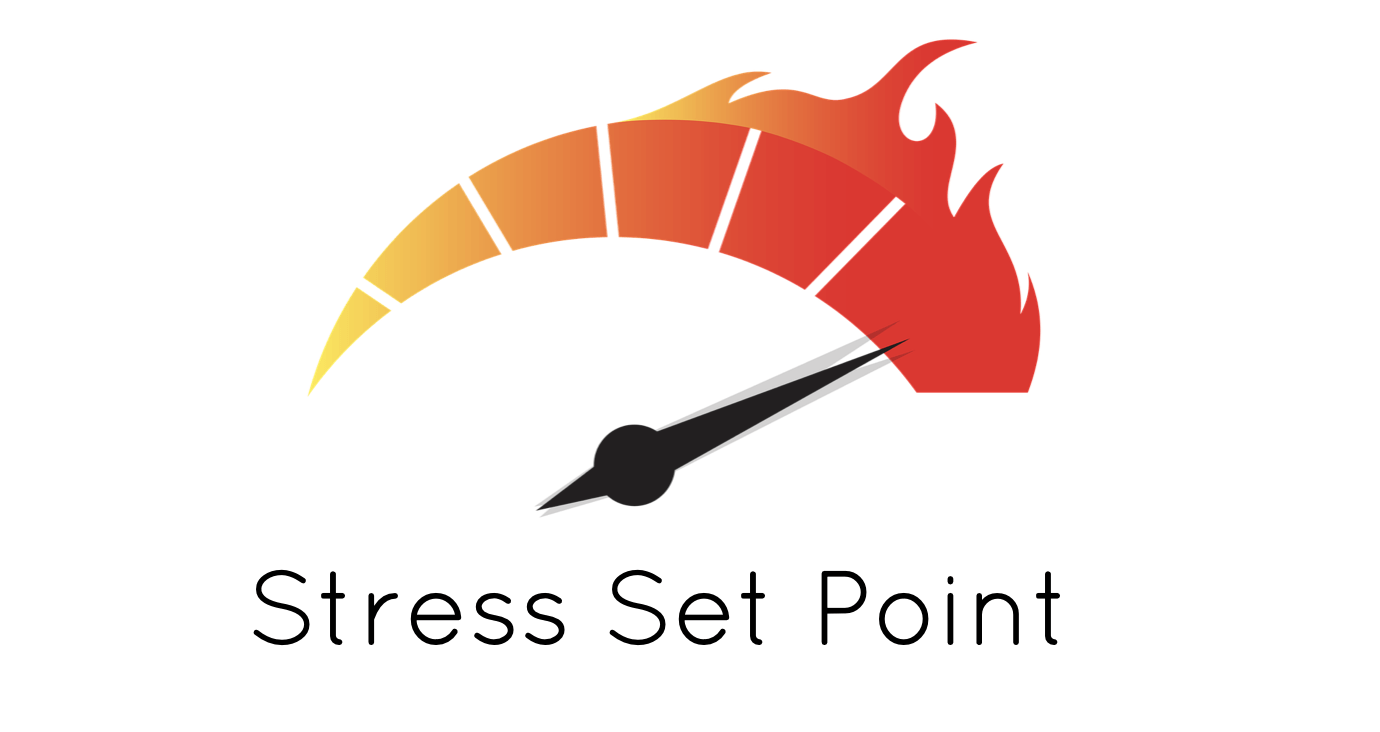
When I was a Physiotherapist, my clients would come see me when they were enough pain that they couldn’t tolerate it anymore and sought help. After a course of treatment with me, the pain would decrease back down to a manageable or tolerable level and most often they would stop coming at this point.
Some of these clients would still rate their pain at 2 out of 10 but it was a “normal” amount of pain for them, so they were “comfortable” and were content to live with it - not even entertaining the thought that it was possible for the pain to be 0 out of 10!

Why do we do this? Why do we feel the need to tell someone?
Read more...

